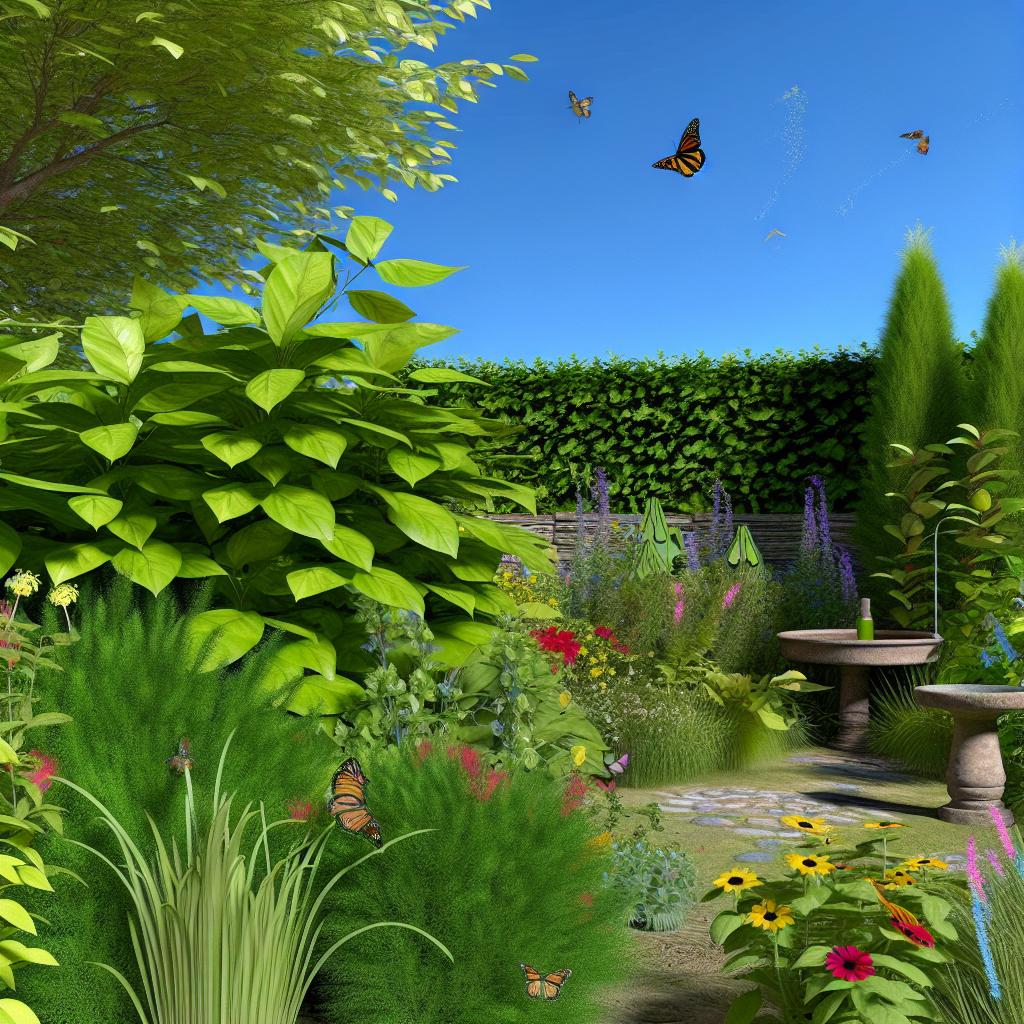Introduction to Summer Gardens
A summer garden serves as a sanctuary for those who appreciate nature’s bounty and beauty during the warmer months. Whether nestled in the backyard or sprawling across an open field, these gardens invite individuals to cultivate a diverse array of plants, which in turn offer food, fragrance, and stunning visual displays. For both novice and seasoned gardeners, understanding the core elements and methods to set up a summer garden is not only beneficial but essential for achieving a flourishing garden.
Choosing the Right Plants
Selecting plants suited to summer’s warm embrace is a crucial step in garden planning. Plants such as warm-season vegetables — tomatoes, cucumbers, and peppers — are ideal choices as they flourish when temperatures soar. These vegetables require long daylight hours and warm soil to yield plentiful harvests, often rewarding gardeners with fresh produce throughout the summer months.
Additionally, flowers known for their tolerance of sunny and hot conditions should be considered. Marigolds, zinnias, and sunflowers are well-known for their vibrant blooms that bring life and color to any garden setting. These plants not only withstand the heat but also often attract pollinators, such as bees and butterflies, enhancing the overall ecosystem of your garden space.
Soil Preparation
Preparing the soil is a fundamental step that lays the groundwork for a healthy garden. It involves several key practices aimed at ensuring the soil can adequately support plant life:
- Testing the soil’s pH level: A soil test helps determine whether the soil is too acidic or too alkaline. Most garden plants thrive in neutral soil, so adjusting the pH with lime (to increase alkalinity) or sulfur (to increase acidity) can create optimal growing conditions.
- Adding organic matter: Incorporating compost or aged manure enriches the soil by adding nutrients and improving its structure. Organic matter enhances moisture retention in sandy soils and promotes drainage in clay-based soils, creating a balanced environment for roots to thrive.
- Tilling and aeration: Tilling breaks up compacted soil, allowing for better root penetration and proper water drainage. Aerating the soil by turning it with a spade or using a garden fork ensures that plant roots have access to necessary oxygen.
Watering and Irrigation
Water management is vital during the sweltering summer months to prevent plant stress brought on by drought conditions. Effective watering strategies ensure that plants receive an adequate supply of moisture without wasting resources or inadvertently encouraging the growth of mold and mildew.
Watering early in the morning is an effective practice as it reduces evaporation loss and allows ample time for plants to absorb moisture before the day’s heat intensifies. Drip irrigation systems and soaker hoses are excellent solutions to evenly distribute water to plant roots while minimizing water loss due to surface runoff and evaporation.
Garden Maintenance
Maintaining a garden requires consistent effort and attentiveness to promote healthy plant growth and tackle issues early on. Key maintenance tasks include:
- Weeding: Regularly removing weeds prevents these unwanted plants from competing with your garden plants for light, water, and nutrients.
- Pruning: Pruning involves trimming plants to remove dead or excess foliage, encouraging robust growth and enhancing air circulation within the plant canopy, which can also help deter disease.
- Pest Control: Monitoring plants for pests helps catch infestations early. Employing natural pest control methods or using appropriate treatments can safeguard plants from damage while protecting beneficial insects.
Conclusion
Cultivating a summer garden is both an art and a science, requiring an understanding of plant needs and environmental conditions. Whether focusing on vegetable production or the elegance of ornamental flowers, thoughtful planning, and rigorous care are instrumental in achieving a productive and visually appealing garden. For those seeking further insights, resources such as the Gardener’s Supply Company offer valuable, detailed guidance tailored for gardening enthusiasts. Embracing the principles of careful plant selection, soil preparation, water management, and consistent maintenance can transform any green space into a thriving summer haven.

